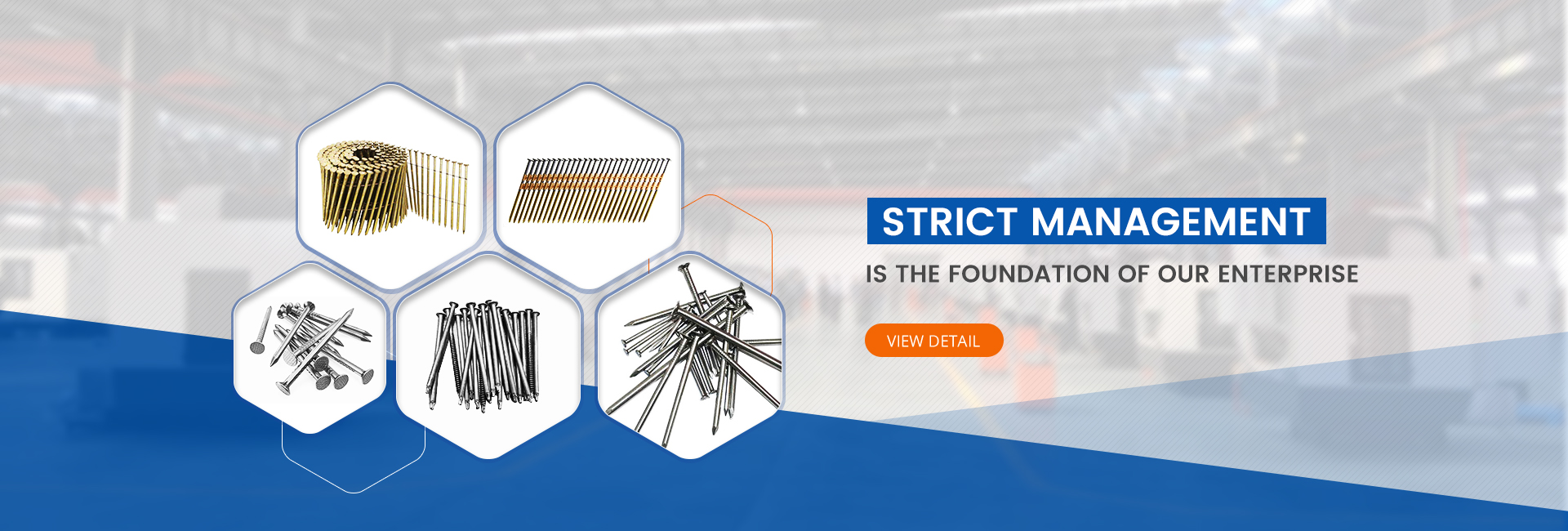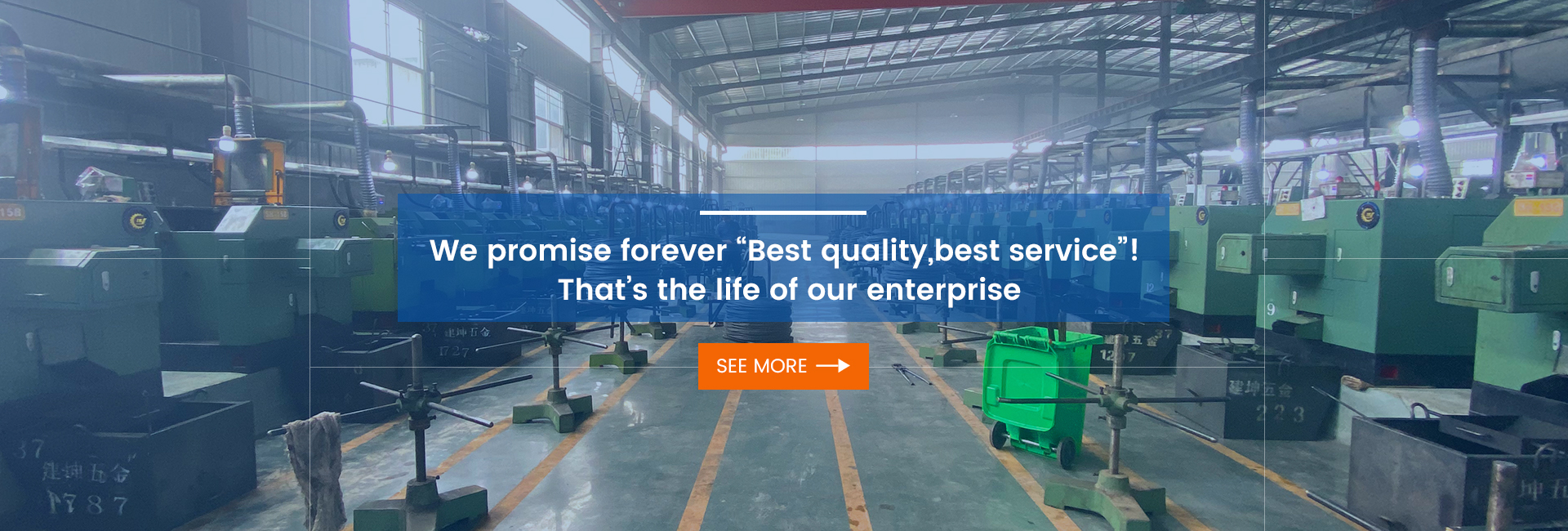In the world of construction and DIY projects, two tools stand out for their ability to handle hard materials: concrete nailers and impact drivers. While both tools excel at driving fasteners into concrete and masonry, their mechanisms and applications differ. Choosing the right tool depends on the specific requirements of the project and the desired outcome.
Concrete Nailer: Precision and Power in Nailing
A concrete nailer is a pneumatic or electric tool designed to drive nails into concrete, masonry, and other hard materials. It utilizes compressed air or an electric motor to drive nails precisely and powerfully through the material. Concrete nailers are particularly effective for tasks that involve driving a large number of nails, such as framing, sheathing, and installing siding.
Advantages of Concrete Nailers:
Speed and Efficiency: Concrete nailers can drive nails faster than using a hammer, especially when dealing with a large number of fasteners.
Reduced Fatigue: The pneumatic or electric mechanism of a concrete nailer eliminates the need for manual hammering, reducing arm and hand fatigue.
Consistent penetration: Concrete nailers ensure consistent nail penetration depth, ensuring proper fastening and preventing damage to materials.
Disadvantages of concrete nailers:
Limited versatility: Concrete nailers are primarily designed for driving nails and may not be suitable for other tasks such as drilling.
Initial investment: Concrete nailers can be more expensive than hammer drills, especially professional-grade models.
Noise level: Pneumatic concrete nailers can be quite noisy, requiring hearing protection to be worn during operation.
Impact drivers: Torque and versatility for driving and fastening
An impact driver is a power tool that utilizes a unique rotary impact mechanism to drive screws, bolts, and other fasteners into hard materials such as concrete, wood, and metal. It delivers high torque in a short period of time, making it ideal for tasks that require driving large or stubborn fasteners. Impact drivers are also growing in popularity for their versatility in drilling applications.
Advantages of impact drivers:
High torque: Impact drivers excel at driving large, stubborn fasteners that may be difficult to reach with a traditional drill or screwdriver.
Versatility: An impact driver can handle both driving and drilling tasks, making it a versatile tool for a variety of applications.
Compact size: An impact driver is generally more compact and lighter than a concrete nailer, making it easier to maneuver in tight spaces.
Disadvantages of impact drivers:
Less efficient at nailing: An impact driver is not as efficient at driving large numbers of nails as a concrete nailer.
Potential for damage: The high torque of an impact driver can damage delicate materials if not used with care.
Additional cost: An impact driver is generally more expensive than a traditional drill and may not be necessary for basic fastening tasks.
Choosing the right tool: Considerations
The choice between a concrete nailer and an impact driver depends on the specific requirements of your project. If your primary task is to drive large numbers of nails into hard materials, a concrete nailer is a more efficient and ergonomic choice. However, if you need a tool that can handle both nailing and drilling tasks, an impact driver offers greater versatility and is more affordable.
Other factors to consider:
Material hardness: The hardness of the material being worked on will influence the choice of tool. For harder materials like concrete or brick, a concrete nailer or hammer drill may be necessary.
Project Scope: The size and scope of the project will also influence the decision. For larger projects that require a lot of nailing, a concrete nailer may be more time-efficient.
Personal Preference: Ultimately, personal preference and comfort with each tool will influence the decision.
Conclusion
Both concrete nailers and impact drivers are valuable tools for working with hard materials. Understanding their strengths, limitations, and suitability for specific tasks is essential to making an informed choice and ensuring that your project is completed efficiently and effectively.
Additional Tips:
Always wear safety glasses and hearing protection when using power tools.
Follow the manufacturer’s instructions for proper operation and maintenance of tools.
Choose the right fasteners for the material and application.
Practice using the tool in a safe area before using it on an actual project.
By carefully considering the project requirements and the features of each tool, you can make the right choice between a concrete nailer and impact driver, ensuring a successful and satisfying project experience.
Post time: Jul-08-2024



